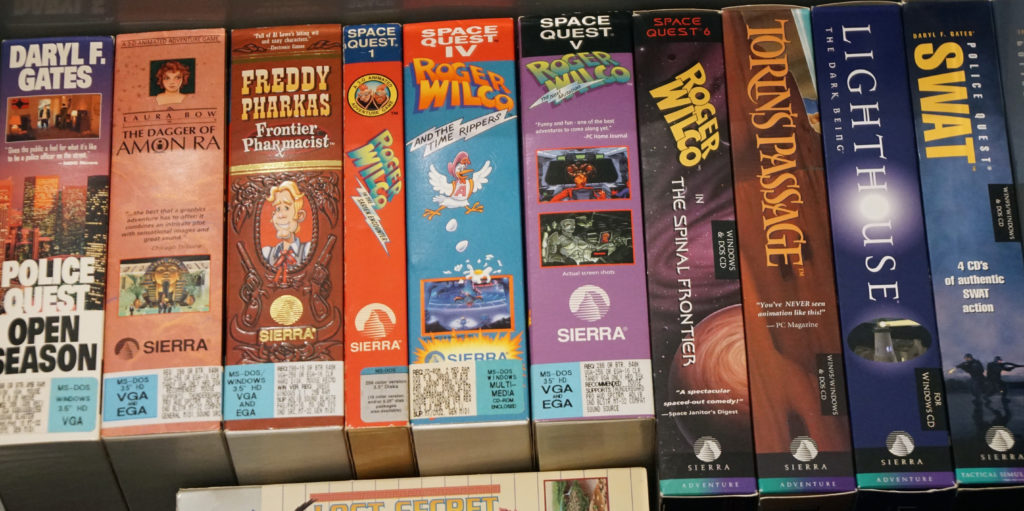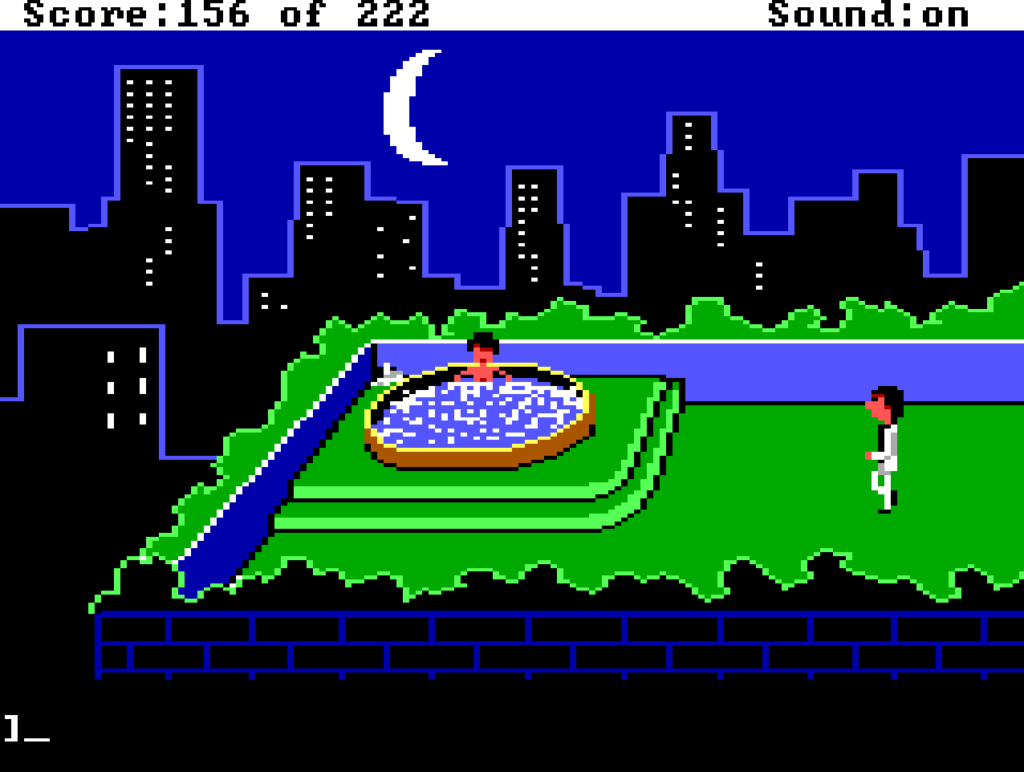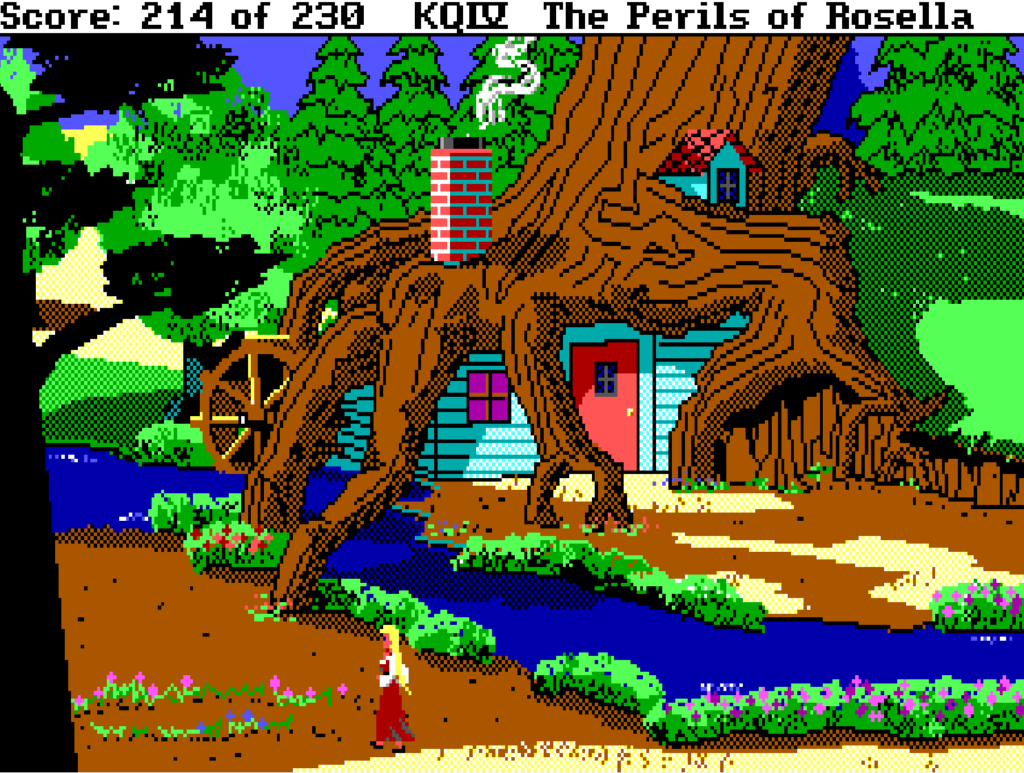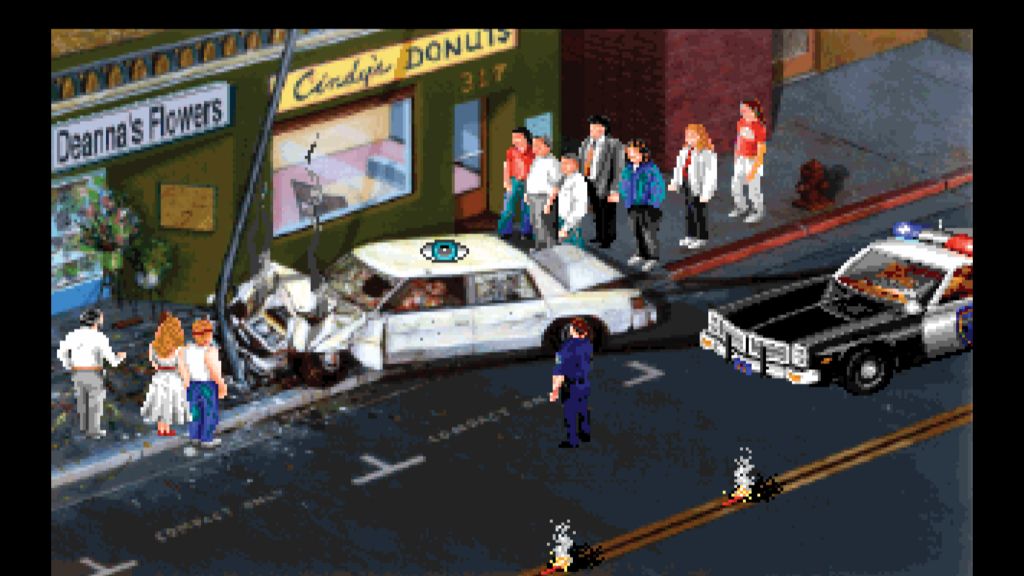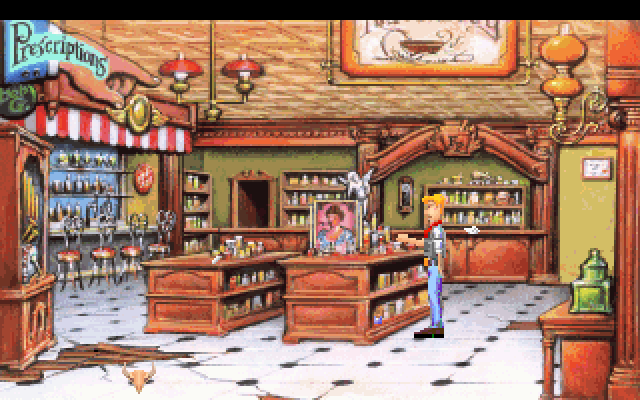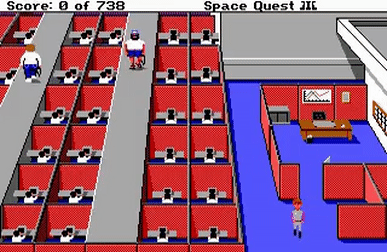There are no gods, no nations, no money and no human rights, except in our collective imagination.
Yuval Noah Harari, Sapiens: A Brief History of Humankind
“This is ridiculous. Why would anybody pay so much for something they can just save to their hard drive?” I asked myself when I first heard that the Nyan Cat gif sold for over half a million dollars. Furthermore, this “ownership” did not entitle the buyer any kind of exclusive rights with which they could use the property. It was ownership in name and nothing else – backed up by the security of cryptocurrency to ensure a means of proof. They’ve been deemed Non-fungible tokens (NFTs or “Nifty’s”). In other words, they are exclusive and can not be replaced by a copy. The purchased item is deemed unique.
So what was the point, I wondered? Is this just rich people flexing? Or trolls having a laugh? It seemed absurd. Seems like a scam.
Then I thought some more.
Andy Warhol’s famous Campbell’s Soup Cans (themselves a copy of an existing image) hang proudly in the Museum of Modern Art in New York City. They are valued in the millions. The original soup can labels are worthless. Furthermore, the artworks are easily reproducible, and MoMA wouldn’t pursue a cease and desist should you decide to try. Your reproduction would likely be considered almost as worthless as the original can of soup. The original works have value because we as a society agree, in our collective imagination, that they should.
Say a photographer sells a limited run of 100 prints for thousands of dollars a piece, and they display a high resolution image of the photo on their website. You could just as easily save it and print it yourself. But it’s not the same, is it? Nobody would deem it as having the same value, even if you managed to attain the same level of print quality, because it’s not “authentic”.
Really, how is digital ownership any different? Hell, a crypto-secured artwork makes more sense to me than cryptocurrencies on their own, which is essentially the same thing – but instead of art it’s imaginary currency – gambling with an enormous carbon footprint (to produce nothing).
And money itself is a fantasy concept. It only works because as a culture we’ve all agreed that it has value.
Even the biggest cynic surely can’t go past this reaction video above of Mike Winkelmann (Beeple) as he watches a grid of thirteen years of digital artworks climb to $69 million. For over 5000 days this Bill Gates doppelganger has pumped out a new artwork, not for financial gain – but out of love, and as a personal challenge. It’s endearing to see it rewarded. His joy inspires me to get back into making my own (unpaid) digital art again.
Obviously, there’s going to be people who get burned as with any new technology. People will exploit it. Celebrities will endorse random trash much as they do as with crypto. Some will get caught up in the excitement and lose out, trolls will escalate the price of complete crap (no different to traditional art), but many artists will gain from this – and largely artists who have, as yet, not had a market.
The cynic in me wonders if the true artists will get buried by the scammers. At some point, society may again deem these to be worthless, thanks to oversaturation – and if it no longer lives in the collective imagination of society, we’re back to square one.
Could we find a better way than carbon-intensive blockchain to secure them though?

